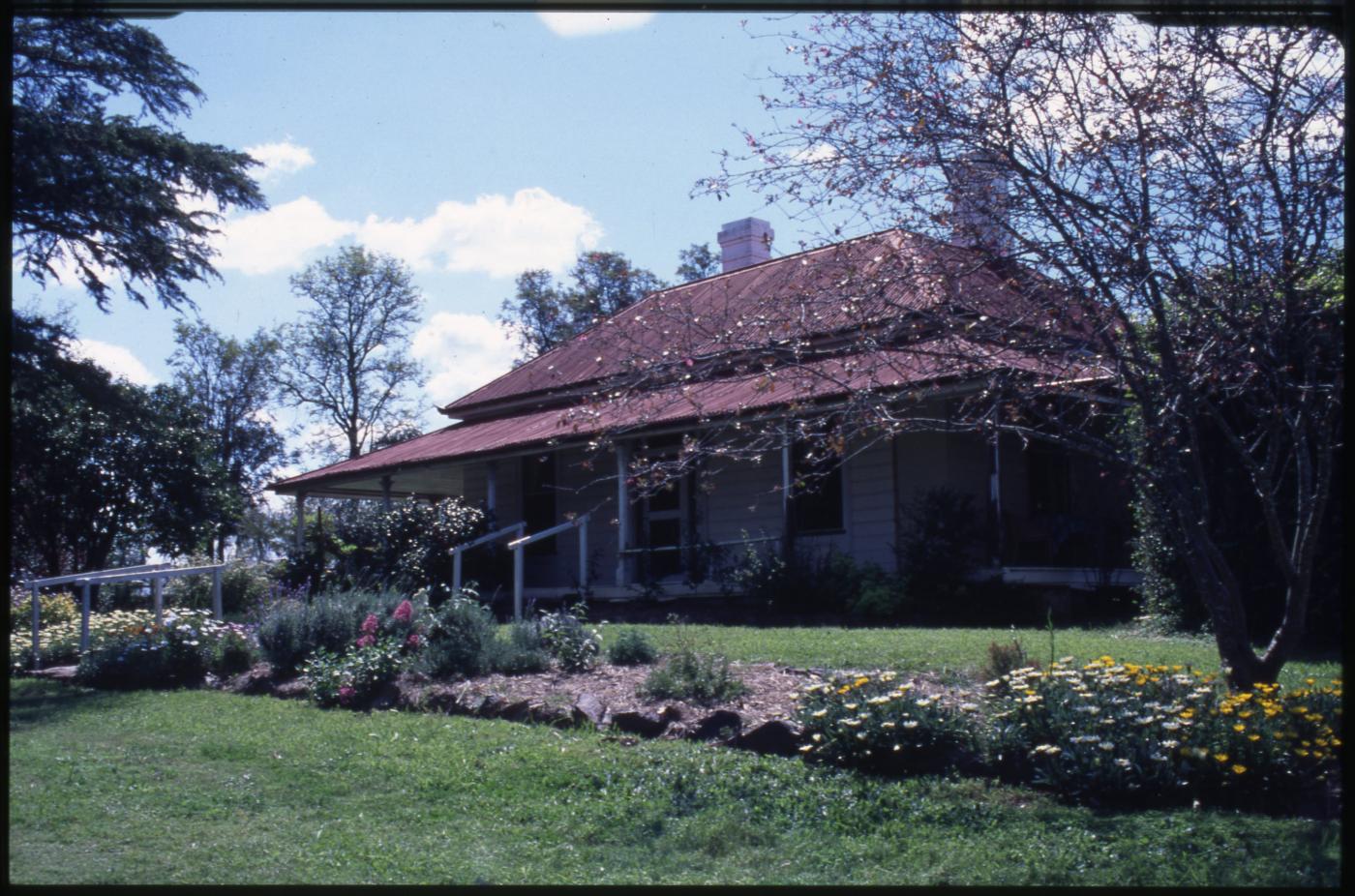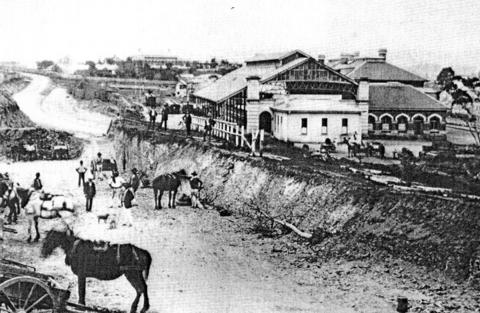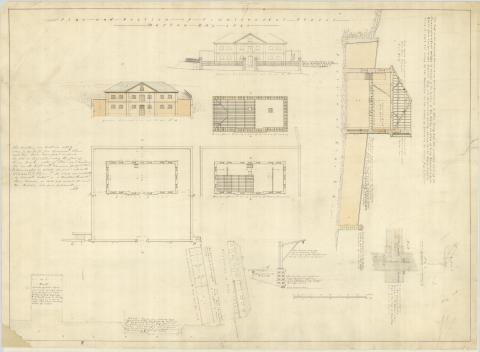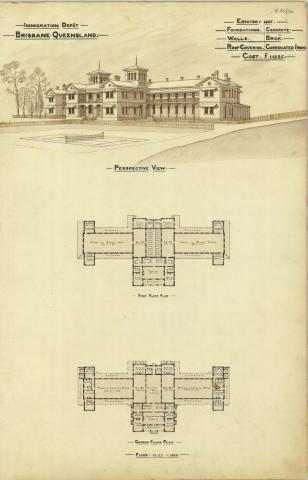
- News of the Day
-
Warwick Examiner and Times, Saturday 11 November 1876, page 2
ASSMANSHAUSEN VINEYARD.
DR. BLEASDALE, a gentleman from Victoria, who it will be remembered visited this district a few weeks ago with the purpose of inspecting the vineyards, speaks in the following high terms of praise of Mr. Kircher's vineyard at Sandy Creek:—Assmanshausen, seven miles from Warwick, is owned and managed by Mr. Kircher. The style of cultivation is mostly short spur-pruning, but there is also a patch on wire trellises, and another of longer pruning. The extent is fourteen acres, the soil is sandy loam. The whole work is done by hand. The cellars are both above and below ground, and are very substantial, and well ventilated by side openings. The chief varieties of vines are the Mataro (here called Black Spanish), Hermitage, and Verdeilho. I was shown examples of the produce of each. The Mataro and Hermitage were only eighteen months old, and of course could only be estimated as in process of formation. Their color, a rich dark purple, was remarkably good, and their body about equal to medium claret. The sample of Verdeilho was over four years old; and it was in every respect a first-class wine. There was not one fault about it. I consider it equal to any Madeira of like age. Mr. Kircher informed me that he could readily obtain £3 per dozen for it.
- Background
-
Assmanshausen Vineyard at Sandy Creek, near Warwick was established in the 1860s by German immigrants Jacob and Elisabetha Kircher, who were also among the first in the district to establish commercial wine production on a substantial scale. In the late 19th century, Assmanshausen's award-winning wines were known throughout southern Queensland, and the winery was a popular attraction for visitors to the Warwick district.
By 1876 Assmanshausen was the principal vineyard and winery in the Warwick district, with 10 acres under vines. Older plantings included both white [verdeilho, muscadine and salvina] and red [black Spanish and Mataro] grapes, but more recent plantings were reds only: Mataro and Hermitage. Most of the vines were trellised, the newer ones planted about 6' x 6' apart, and Kircher had invented a horse-drawn cultivator which could weed and turn the soil close to the vines while the horse walked at a sufficient distance to prevent vine damage from the traces. Kircher was producing unfortified wines [dry wines made without the addition of cane sugar or spirits], and had already won prizes at the Warwick and Brisbane exhibitions. At this period the Assmanshausen winery comprised a dressed stone building of 3 flats: an underground cellar; a ground-level workroom; and a steeply-pitched shingled roof containing an attic space. The attic was ventilated by 12 air shafts fitted with shutters on the inside, ensuring that the temperature in the attic was cooler than that of the ground floor. There were also 6 air shafts in the cellar. These shafts sloped through the stone walls to the surface of the ground. Kircher had devised his own system of wine production: the press was located in the ground floor workroom; from here the must [unfermented grape juice] was suction-pumped through pipes up to the attic, where it was fermented in 500 and 300 gallon vats before being fed through more pipes to the underground cellar, where it matured in wooden butts.
Courtesy of the Queensland Heritage Register
/151.937576,-28.1772223,7/450x450@2x.png?access_token=pk.eyJ1IjoicXNhLWRpc2NvLXFsZCIsImEiOiJjamJmdTgyZXEyeWNjMnlxZm8xcmtieHgxIn0.lmT9J5tTPKGuuccQgCVSAg)



